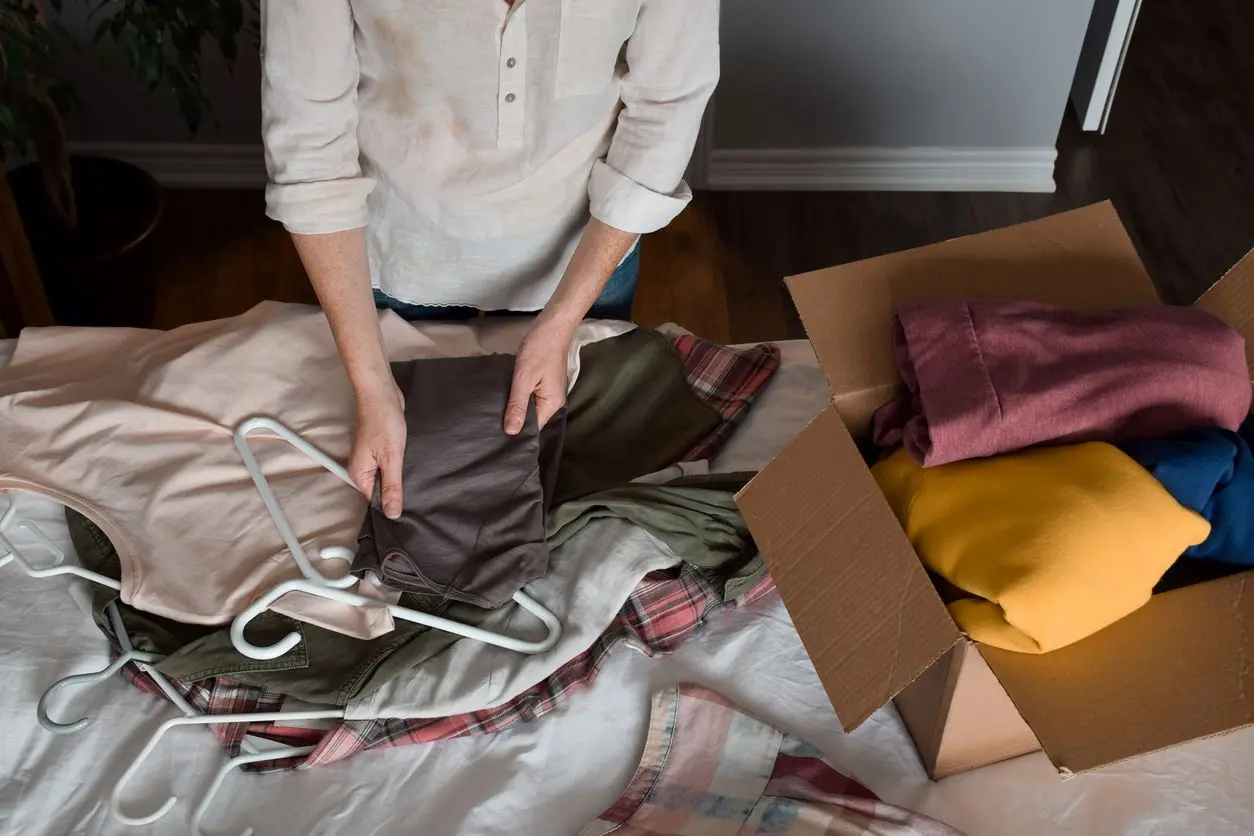Moving to a Smaller Space? How Personal Storage Can Ease the Transition

Transitioning from a spacious home to a more compact living space, either due to your little birds leaving the nest or realizing your current house is too large for your needs, is known as downsizing. Downsizing to a smaller space can be emotional and overwhelming, especially when leaving a home full of memories.
Fortunately, our Daffodil Storage team is here to make the process easier! We’ll provide advice on packing, tips for moving out of state, and how personal storage can benefit you and your move in the long run.
The Role of Personal Storage in Downsizing
Downsizing often involves decluttering before the move while making challenging choices about what you want to keep and what can reasonably fit in your new space. As humans, we often place a lot of value and emotional attachment on our items—like Grandpa’s old harmonica or Grandma’s vintage embroidered handbag. Downsizing may leave you wondering if you have to part with those belongings if you no longer have space for them.
Fortunately, personal self storage is essential to the moving and downsizing processes. Storage units are available in a wide range of sizes and types, including heated storage and drive-up access options. They are particularly useful for securely storing nonessential items, seasonal decorations, and delicate belongings that need to be stashed during the relocation process—like those sentimental items—until you can relocate them to your new space.
How Storage Containers for Moving Make Relocation Easier
Self storage containers, from 5×5 to 10×10 and beyond, are convenient and easily accessible spaces to relocate your belongings until you can transfer them into your new home. Storage units are incredibly flexible and affordable, with month-to-month lease terms, which is a relief during a move. This means you can have your storage container for as short as a month or as long as you need to get accustomed to your new space!
Five Packing Tips for Moving to a Smaller Space

- Sort and declutter. Separate your items into four categories—keep, sell, donate, discard—focusing on keeping essentials and preparing for your new, compact space.
- Use space-saving containers. Stackable bins and vacuum-sealed bags, which are great for seasonal clothing and decorations, can maximize the vertical space in your storage unit.
- Label everything clearly. Label each bin or box clearly with the contents and intended room to make the process quick.
- Pack in stages. Start by packing up nonessential items earlier on, and then gradually pack those daily necessities closer to moving day.
- Protect fragile items. Daffodil offers a wide variety of packaging items, from boxes, tape, bags, to bubble wrap, ideal for packing delicate dishes, vases, and other breakable objects.
Essential Tips for Moving Out of State
If you’re planning a move out of state, renting a personal storage unit can be a practical solution to avoid the chaos of cramming boxes from floor to ceiling in a spare bedroom or navigating through hallways cluttered with belongings.
Here are some valuable tips to consider for a seamless out-of-state move:
- Create a moving checklist and budget early for transportation, storage, and other costs along the way.
- Research moving companies with experience in out-of-state moves and compare quotes.
- Arrange for internet and utility setup before the move for a smooth transition.
- Check for regulations, permits, or moving restrictions for your new state, especially for pets and vehicles.
- Notify your banks, insurance providers, subscriptions, the DMV, and mail providers of your new address.
Choosing the Best Storage Options for Moving From Daffodil Storage
Downsizing can feel overwhelming, but it becomes much more manageable with effective storage solutions. Whether you’re transitioning to a smaller home or simply looking to declutter, remember Daffodil Storage is here to support you every step of the way!
Find a Daffodil Storage location near you in the Pacific Northwest to choose the right unit for your needs. If you have any further questions, visit our FAQ page, storage tips, or blog for helpful advice.